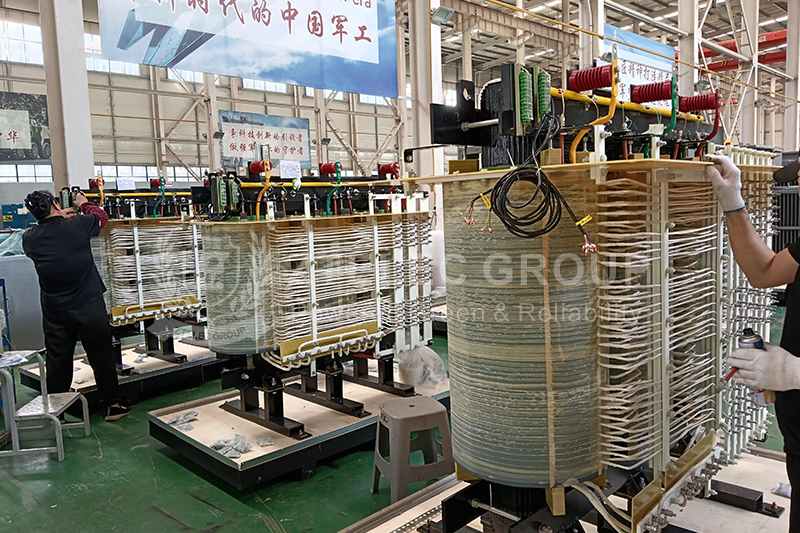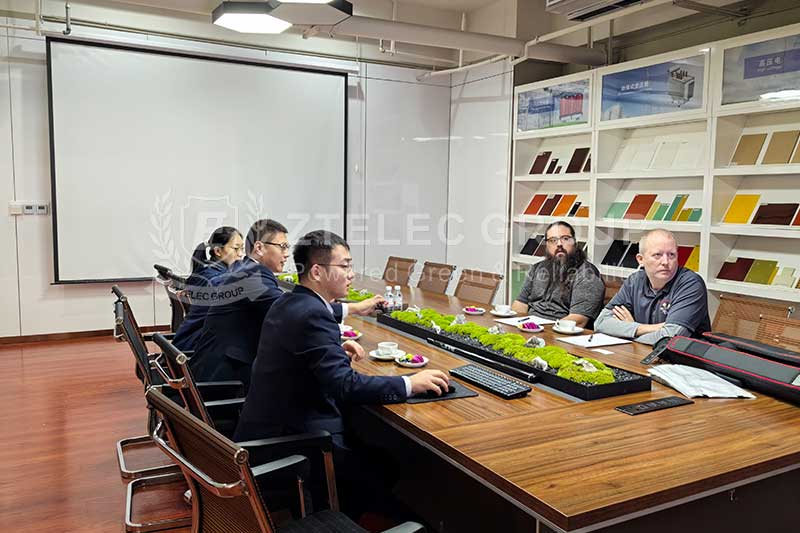Technical Data Sheetg-Glass Epoxy Laminate g10
2024-07-08 11:55 | By: ZTELEC-www.ztelecgroup.com | 500click
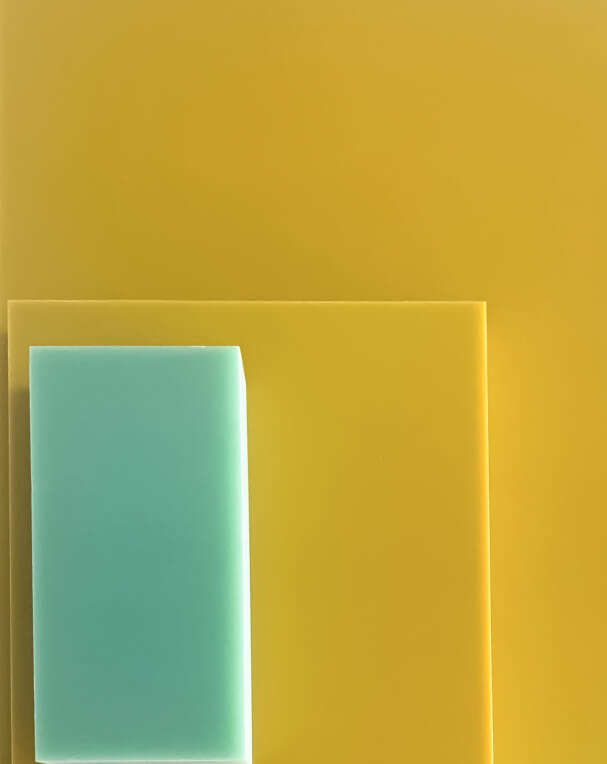
Definition of Density
Density is defined as the mass per unit volume of a substance12. The formula for density is given by:
D = M/V
where:
d is the density,
M is the mass, and
V is the volume.
Density is commonly expressed in units of grams per cubic centimeter (g/cm³) or kilograms per cubic meter (kg/m³)1. For example, the density of water is gram per cubic centimeter.
Density is an intensive property, meaning that increasing the amount of a substance does not increase its density; rather it increases its mass2. Different materials usually have different densities, and density may be relevant to buoyancy, purity, and packaging.
In other words, density is a measure of how much “stuff” an object has in a unit volume (cubic meter or cubic centimeter). It is essentially a measurement of how tightly matter is crammed together
g10 density
The density of G10, a type of high-pressure fiberglass laminate, is typically around 1.70 to 1.90 grams per cubic centimeter (g/cm³). G10 is known for its high strength, excellent electrical insulating properties, and resistance to environmental factors. The precise density can vary slightly depending on the specific composition and manufacturing process of the G10 material. It is commonly used in applications where a durable and rigid material with good electrical insulation is required, such as in the production of circuit boards, insulating components, and structural parts in various industries.
g10 general description
Phenolic Laminates are produced by applying heat and pressure to layers of paper, canvas, linen, or glass cloth impregnated with synthetic thermosetting resins. When heat and pressure are applied to the layers, a chemical reaction (polymerization transforms the separate layers into a single laminated material with a "set" shape that cannot be softened again -- therefore these materials are called"Thermosets’ A variety of resin types and cloth materials can be used to manufacture thermoset laminates with a range of mechanical, thermal, and electrical properties.
Here’s a more detailed description of G10:
Composition: G10 is made from woven fiberglass cloth impregnated with an epoxy resin. The glass fibers provide strength and durability, while the epoxy resin ensures chemical resistance and excellent electrical insulation.
Properties: It boasts impressive chemical resistance, excellent electrical insulation, high strength, and rigidity. It’s also known for its low water absorption and high thermal isolation.
Applications: Due to its robust properties, G10 is widely used in electrical applications, including circuit boards and high-voltage insulators. It’s also utilized in industrial laminates and cryogenic equipment.
Customization: G10 can be customized in terms of its mechanical and dielectric properties, making it adaptable for specific needs.
Environmental Resistance: It performs well in humid or moist conditions, maintaining its properties without degradation.
G10 is compliant with the MIL-I-24768/2 military specification for insulation plastic laminated thermosetting materials, which speaks to its quality and reliability in demanding applications.
g10 Benefits
Laminated Plastics specializes in fabricating G-10Good electrical properties high strength overtemperatureHigh dimensional stability over temperature-humidity resistant
Strength and Durability: G10 is known for its high strength and durability, which is due to its composition of epoxy resin and glass fibers. This makes it suitable for high-use items like knife handles and gun grips.
Excellent Electrical Insulation: With its excellent electrical properties, G10 is an ideal material for electrical applications, including wiring and marine equipment.
Chemical Resistance: The material is resistant to a variety of chemicals, making it suitable for environments where chemical exposure is a concern.
Corrosion Resistance: G10 does not corrode or rust, as it is non-conductive, non-corrosive, and non-sparking. This property is particularly beneficial for electrical applications.
Low Water Absorption: It has low water absorption, which helps maintain its properties in humid or moist conditions without degradation.
Thermal Isolation: G10 does not conduct heat, making it useful for power generation and other electrical equipment where thermal isolation is required.
Lightweight: Its lightweight nature makes G10 a suitable material for use in applications where weight is a critical factor, such as in aerospace or marine equipment.
Flame Retardant: Some grades of G10 are flame retardant, adding an extra layer of safety in fire-prone environments.
Dimensional Stability: The material has a low coefficient of thermal expansion, which contributes to its dimensional stability under varying temperatures.
These benefits contribute to G10’s versatility and wide usage in industries ranging from electronics to aerospace, and its compliance with military specifications underscores its reliability and quality
g10 Technical Data Sheet
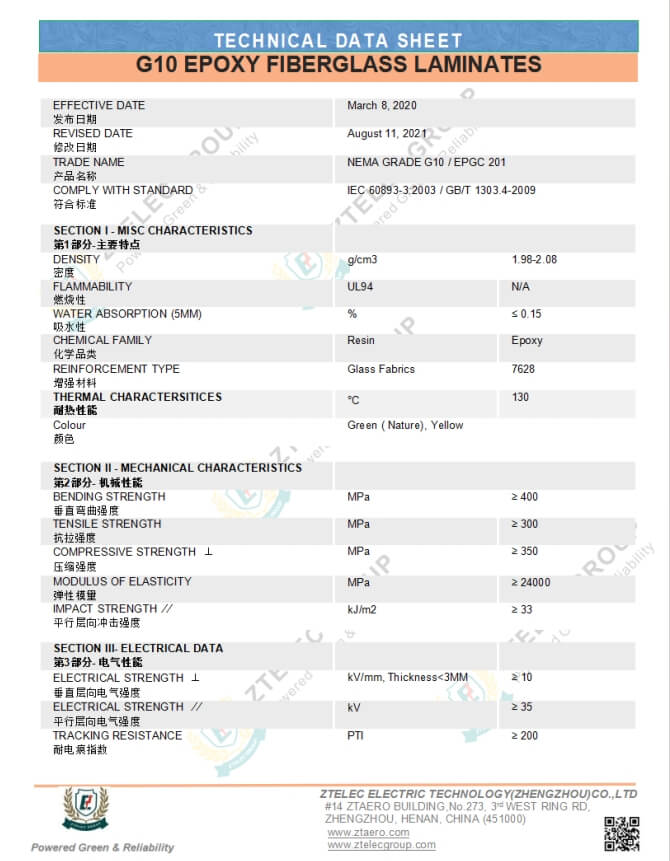
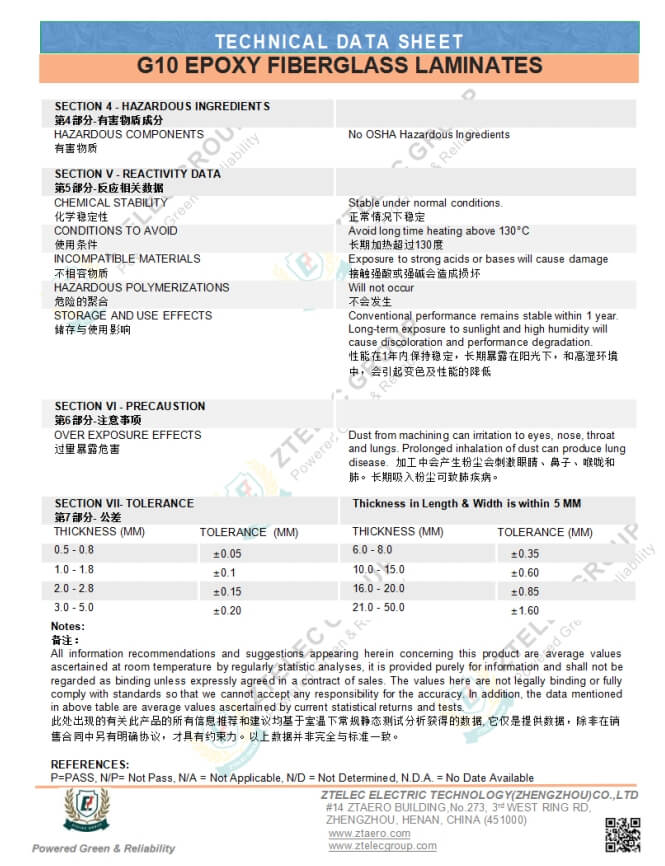
The above parameter data comes from ztelecgroup insulation material manufacturing factory and is available for reference.
tags:Price of a 1600kVA 10kV Cast Resin Dry-Type Transformer35kV dry-type transformer protection10kV oil-immersed transformer110 kV oil-immersed transformerOil-Immersed Transformer Maintenance
- more+releated article
- 2025-12-13How to Select and Use Phenolic Cloth-base Lami
- 2025-12-13How Much Does Bakelite Sheet Cost? 2025 Price
- 2025-12-13Why are most 3240 epoxy boards yellow?
- 2025-12-13What are the Main Applications of FR4 Epoxy Bo
- 2025-12-13Why Does the Price of Insulating Paperboard Va
- 2025-12-13Heat-Resistant DDP Insulation Paper
- 2025-12-13Comparison of Heat-Resistant DDP Insulating Pa
- 2025-12-13G10 and FR4 Epoxy Boards: Commonly Used for Ge
- 2025-12-13The Price of Heat-Resistant DDP Insulation Pap
- 2025-12-13How to Choose Epoxy Laminate Materials for Gen

